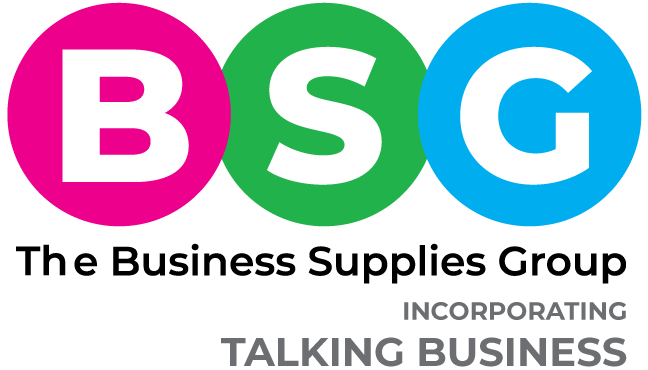10 Simple Ways to Reduce Your Printing Costs
For NHS Trusts looking to reduce costs and drive efficiencies, managing your print and copier environment more effectively can pay dividends. What do we know about it? We specialise in transformational procurement solutions and currently work with 30 NHS Trusts, including Acute, Community and Mental Health Trusts. We understand the size and complexity of your printing and copier fleet and want to help you to reduce your spend. Here are ten simple but very effective ways to get started:
1. Restrict colour printing and copying
Colour printing is ten times more expensive than mono (black and white). When you consider that the blue NHS logo is on most documents being printed, if your printers and copiers print in colour by default, then you’re going to be haemorrhaging more money on ink and toner than necessary. There are software solutions available that enable you to restrict colour printing depending on the user or type of print job. Photocopiers can also display the cost of the job, prompting users to question whether colour copying is actually necessary.
2. Don’t buy colour printers
We understand that there will always be a requirement for colour printing, but if you can identify any areas of your Trust where there simply isn’t the need, then consider installing mono devices in those areas. It will remove any opportunity to print in colour and deliver significant cost savings.
3. Change the print density on your devices
Most printers are defaulted to print in presentation mode. This has the highest print density and therefore uses 20% more toner than if you set the device to draft mode or grey scale mode. This alone, can save significant amounts of money if you have a large printer fleet or regularly print large volumes.
4. Don’t change the toner when the device requests it
Printer manufacturers make considerable profit through the sale of toner and therefore want to encourage you to change your toner regularly. Devices are usually set to display a message stating that the toner is running low and needs to be changed when there is still around 20% remaining. By removing the warnings, toner is only changed when absolutely necessary. For our NHS Trust clients on Managed Service contracts we also offer a monitoring service, which enables us to monitor toner consumption and send replacement toner when it is required. This also saves your Trust from stock piling toner unnecessarily.
5. Buy used and approved devices
It’s not always going to be necessary to buy brand new devices. Out of all the printers in your fleet, a certain percentage are not going to be high use machines. You can therefore significantly reduce your capital expenditure by investing in perfectly serviceable, reconditioned machines. Try our managed print calculator to get an immediate online quote and see how much you might save.
6. Recover 100% of VAT
If you outsource your managed print, your supplier will normally own all of the machines and be responsible for servicing and maintaining them. But, did you know that you could also take advantage of the approved HMRC strategy to recover 100% of all VAT related to the managed service contract?
7. Send large print jobs to a factory press
Printing large print jobs on your in-house printers is really not cost efficient. Not only will you potentially save 15-20% by outsourcing them to a factory printing press, you’ll also make incremental savings on electricity. What’s more, the more you are able to outsource, the less printers you will need to procure, maintain and service in-house.
8. Print on both sides of the paper
This may seem obvious and the savings you make by reducing spend on paper may be slight, but it’s amazing how many capable printers are not set to print duplex.
9. Use premium toner
The manufacturer’s original toner will be the most expensive, so our advice is to use a premium toner. You can save 60% in toner costs simply by making the switch.
10. Only replace devices when you really need to
Printer manufacturers will encourage you to replace a device when it’s five years old. Admittedly some printers will have been put through their paces in that time and will need to be replaced. But consider the rarely used printers hiding away in corners of offices, that haven’t done the same mileage. We recommend taking careful stock of your fleet and replacing printers based on their duty cycle, not necessarily when they hit year five.
We hope that you have found at least a handful of tips that you can implement to make a start on driving cost savings through managed print. We’d love the opportunity to talk to you in more detail about our Managed Print Outsourced Services, so please don’t hesitate to get in touch. Alternatively why not try our calculator to get an online quote or download our top 20 savings checklist. (add link)













